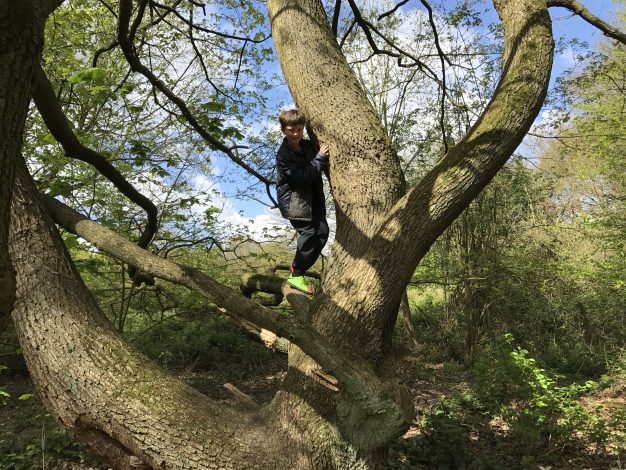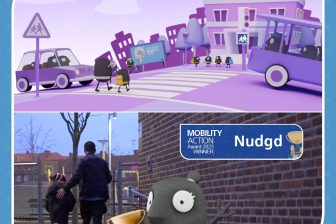
Online tool supports ‘risky play’
A free online tool, developed by the University of British Columbia, to encourage parents to allow their children to take part in ‘risky’ outdoor play is now live. Adrian Voce reports.
A tool to encourage and assist parents to allow their children more opportunities to enjoy ‘risky’ outdoor play has been developed by the University of British Columbia’s School of Population and Public Health together with its Department of Paediatrics. The tool, Outsideplay.ca, walks parents through their options and identify priorities for their children. It aims to help them address common concerns about playing outside and give them both the information and a process to develop an action plan for changing their approach to their children’s outdoor play.
“What we now consider ‘risky’, for previous generations was just normal: building a fort, climbing a tree, cycling fast”
– Associate Professor Mariana Brussoni
Associate Professor of Paediatrics Mariana Brussoni, whose team have developed the outside play.ca tool believes that once commonplace, everyday activities have become progressively less available to children because parents are increasingly controlling and limiting where and how their children play without considering the negatives effects of this on their children’s health and development.
She says that research has found that risky play is associated with increased physical activity in children, and the development of social behaviours, self-esteem, and risk management skills without increasing the number of reported injuries. “You still need to manage risks and hazards, but not automatically default only to safety”, says Dr Brussoni.
Outdoorplay.ca involves parents reflecting on their own childhood activities, such as climbing a tree, and its outcomes – for example, feelings of happiness, or a sense of accomplishment – as well as the effects of limiting this play in their children – such as fear, or a sense that they were incapable of the task. Parents then develop goals for themselves when it comes to allowing children to take part in risky play. The tool takes about 20 minutes to complete.
“This encourages a balance in parents’ approach, giving children the space to play in ways they feel comfortable.”
– Associate Professor Mariana Brussoni
The tools effectiveness will be assessed in a randomised controlled trial involving about 500 parents, scheduled to start in May. The study is now recruiting parents of children aged six to 12 years old eligible to participate in the study although the tool can be used by parents of children of other ages too.
The study will examine whether using the tool causes parents to change their attitudes towards risky play, and whether they felt they had achieved their goals one week, and then three month after using using it.
Dr. Brussoni believes the tool has the the potential to be adapted for many different users, including schools and neighbourhood groups, and is designed to be used by a wide audience. “It’s about helping to give children the space to play and engage with their environment how they choose, whether risky or not”, she say, “because that’s going to be an incredible opportunity to grow.”
Adrian Voce
Source: University of British Columbia
Photo: Adrian Voce
Outsideplay.ca is a collaboration between several health organisations and is funded by the Lawson Foundation. Students interested in speaking with Dr. Brussoni about this work, or opportunities to be involved, and parents wanting to take part in the study, can contact her here.



